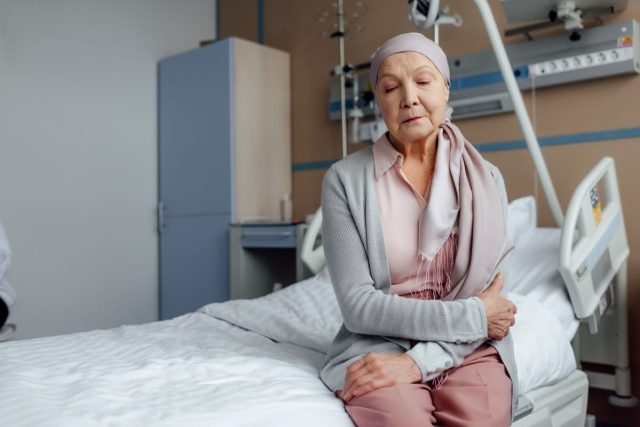Of patients who died during observation, median of 56 percent of time between diagnosis and death spent in hospital
By Elana Gotkine HealthDay Reporter
MONDAY, Aug. 19, 2024 (HealthDay News) — Older patients with acute myeloid leukemia (AML) have high health care utilization and poor survival outcomes, according to a study published online Aug. 13 in Hematological Oncology.
Marie Anne-Catherine Neumann, Ph.D., from the University of Cologne in Germany, and colleagues conducted an analysis of 107 consecutive patients with newly diagnosed AML aged 70 years and older treated at an academic tertiary care center in Germany to examine characteristics, outcomes, and health care utilization.
The researchers found that 35, 55, and 10 percent of patients received intensive induction chemotherapy, low-intensity treatment, and either did not receive AML-directed treatment or follow-up ended before initiation of treatment, respectively. Forty-seven percent of patients had at least one intensive care unit admission; specialized palliative care was involved in 43 percent of cases. Overall median survival was 2.5 months, and the rate of one-year overall survival was 16 percent. The median proportion of time spent in the hospital between AML diagnosis and death was 56 percent among patients who died during observation. Normal wards and the intensive care unit were the most common places of death (31 and 28 percent, respectively); death occurred less often in a palliative care unit or at home (14 and 12 percent, respectively).
“The present analysis highlights poor survival outcomes on the one hand and extensive health care utilization on the other hand in patients with AML aged 70 years or older,” the authors write.
Several authors disclosed ties to the pharmaceutical industry.
Copyright © 2024 HealthDay. All rights reserved.



















